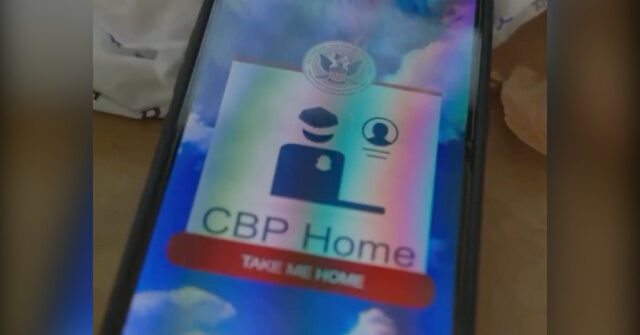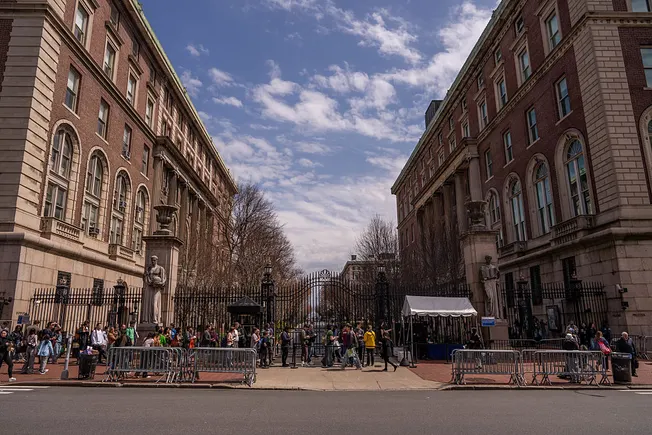After a failed launch attempt of Boeing’s new Starliner crew capsule on May 6, NASA and the aerospace company are prepared for a second go — even though the spacecraft will be flying with a small helium leak.
On Wednesday, Boeing and the National Aeronautics and Space Administration called a “go” for launch after a flight test readiness review. The launch is set for Saturday at 12:25 p.m. ET. If this launch is delayed, there are other opportunities on June 2, 5 and 6.
The initial launch attempt of Starliner (also known as CST-100) was scrubbed due to an oxygen leak. The launch was called off just as NASA’s two astronauts — Suni Williams and Butch Wilmore, who will be the test crew for this capsule — were getting strapped into their seats on the new spacecraft on the night of May 6.
The leak was detected on the United Launch Alliance (ULA) Atlas V rocket on which the capsule is hitching a ride.
After the rocket and capsule were rolled back to ULA’s Vertical Integration Facility for further examination, the oxygen leak was traced back to a thruster valve that was eventually replaced.
However, other issues were discovered, including a helium leak in Starliner.
Butch and Suni, your rocket is on the launch pad! The #AtlasV just completed its rollout in final preparation for Saturday’s mission to launch @BoeingSpace‘s #Starliner #CFT mission for @NASA‘s @Commercial_Crew program. https://t.co/yCCjHu9R5K pic.twitter.com/kzK7byTHF4
At a press update last week, Mark Nappi, Boeing’s Starliner program manager, said that had the helium leak been discovered during launch procedures, it wouldn’t have caused a scrub. He also said the discovery had a “silver lining.”
“Had we launched … it would have been a safe flight and a successful flight,” he said, “but we would have not known as much as we know today.”
The leak was discovered in a small control jet that helps the capsule make small adjustments while in orbit. However, there are 28 of these jets, and the teams working on the issue ensured that none of the others could fail. Helium is an inert gas and not combustible.
The reason given for not fixing the leak was that it would have caused further delays to a launch that has faced years of setbacks.
The teams would have had to remove Starliner from Atlas V, take it to a separate facility and drain the service module (which provides power and propulsion for the capsule). Then they’d have to start at the beginning and refill the capsule with propellant and reinstall it atop the rocket.
Although the leak is small, they determined that even if it were to leak further, it would “not be a safety-of-flight-issue,” Nappi said.
Yet another problem
Meanwhile, teams also discovered another issue, this time with the flight re-entry system, something Nappi called a “design vulnerability.”
When Starliner re-enters the atmosphere, it needs to lose a great deal of speed. It has three different ways of doing this — referred to as redundancy capabilities. One approach uses four special thrusters (which includes one with the helium leak), another uses just two and the third approach uses eight smaller thrusters.

Steve Stich, manager of NASA’s Commercial Crew Program, told the press update they realized that under the “right circumstances of failure,” they could lose the eight-thruster capability. But Boeing contacted the vendor of the part and worked out a solution. Wednesday’s flight test readiness review was in part to ensure that this method would be satisfactory.
“This is an important flight for us. It is not easy. I’ve been in human spaceflight for 37 years, and there’s challenges with every single flight,” Stich said of the findings. “There were challenges with [the] space shuttle, there’s challenges with the Orion vehicle that we’re learning about as we flew that test flight, and there’s challenges in every vehicle.”
Should the launch proceed as scheduled on Saturday, the astronauts would dock with the International Space Station (ISS) at 1:50 p.m. ET on Sunday.
Nearing the finish line
After NASA’s space shuttle program ended in 2011, the space agency had no other option but to use Russian Soyuz rockets to get American and Canadian astronauts into space.
Boeing’s Starliner has been rife with delays after NASA gave contracts to both SpaceX and Boeing to build a new spacecraft that could ferry astronauts to the space station.
While SpaceX, owned by Elon Musk, successfully began launching astronauts to the ISS in 2020, Boeing has yet to do so.
Astronauts Williams and Wilmore, who have been in quarantine since the earlier scrub, returned to the Kennedy Space Center in Cape Canaveral, Fla., on Tuesday ahead of their launch.
Canadian astronaut Joshua Kutryk will once again be in NASA’s capsule communication (CapCom) role at the Johnson Space Center in Houston, providing critical communications during launch.
It’s a special role for him, as he is one of four crew members who will take the same spacecraft on its first operational mission about a year from now — a six-month journey to the ISS and back.
Get the latest on CBCNews.ca, the CBC News App, and CBC News Network for breaking news and analysis.




















Discussion about this post